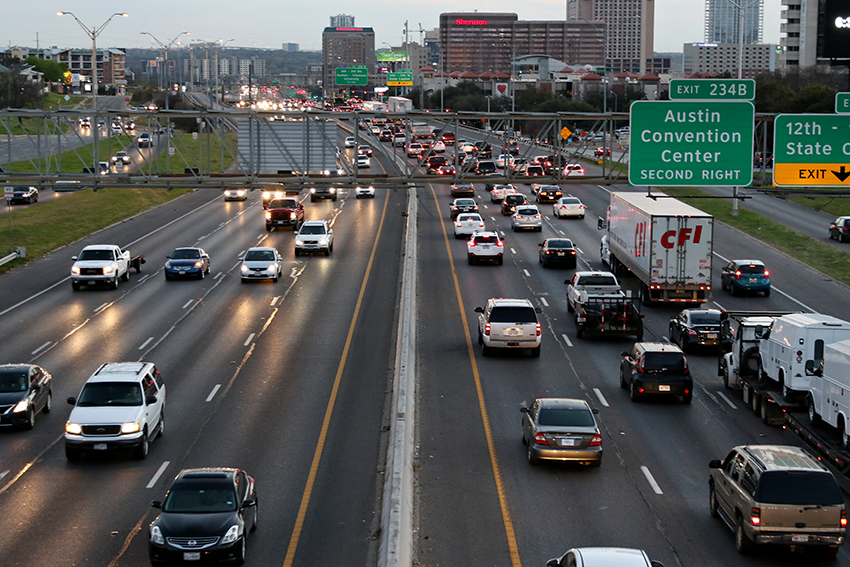“Monorail! Monorail! Monorail!” cheered the citizens of Springfield in the classic “Simpsons” episode “Marge vs. the Monorail,” in which smooth-talking conman Lyle Lanley duped the town into buying an unsafe mass transit system built on the cheap. Now, life is imitating art. Enter high-tech entrepreneur Elon Musk and his high-profile scheme to fix traffic by digging tunnels.
Two weeks ago, he tweeted a picture of what appeared to be a massive tunnel boring machine. Accompanied by a short, cryptic caption — “Minecraft” — the post was attributed by observers to Musk’s longstanding dream of curing traffic congestion by building intricate networks of road tunnels.
“You could probably have 30 levels of tunnels and completely fix the congestion problem,” said Musk at a Hyperloop event last year. “This is really a very simple and obvious idea.”
I have great respect for Elon Musk. He has built a green energy, aerospace and automotive empire on billions upon billions of dollars worth of government subsidies and contracts. And he is the contemporary darling of a hyperconnected, technology obsessed culture that presumes the existence of an app for every problem.
But Musk’s grandiose scheme to tunnel us out of our traffic paralysis is pure fantasy — as thoroughly ridiculous as the monorail trophy that Lyle Lanley sold to the people of Springfield. At best, it is an amusing utopian vision, a passing fad. At worst, it is a reprehensible distraction from real discussions about our urban issues.
There are many reasons why Musk’s tunnels could never work, which are easily discernible to anyone who rejects the Musk cult and the Musk hype. Tunneling is extremely expensive, and the costs go well beyond the tunnel boring machines that Musk hopes to improve. Utilities must be relocated. Land and easements must be secured. Ventilation shafts, emergency exits and firefighting systems need to be constructed, installed and maintained.
Just look at the mammoth engineering challenges that New York City faced building its newly opened, $4.5 billion Second Avenue Subway. Despite boring deep underground, construction crews were forced to brace skyscraper foundations and limit their digging activities to mitigate the effects on the crowded Upper East Side neighborhood above.
Spending an unfathomable amount of money that we don’t have on Musk’s tunnel delusion is some kind of solution, but only by technicality. There wouldn’t be much traffic left because there wouldn’t be much of a city left.
Real mobility comes from the local governments and institutions that are beholden to us, not from far-removed Silicon Valley sultans who see people and communities as numbers and nodes. From ride-booking to self-driving cars to solar-powered smart roads, their “revolutionary” solutions seem oddly fixated on the ordinary automobile. After a century of building cities exclusively for cars, surely business as usual will only keep us in gridlock.
Are we willing to come together, compromise and fight the hard political battles necessary to bring about real alternatives to traffic congestion? Or are we content to retweet and share the idle thoughts of our digital masters, awaiting the next white elephant from the Lyle Lanley incubator?
Traffic congestion is a political problem at heart, a question of how to use our collectively shared space. If we fail to acknowledge that, then we’ll be as clueless as the people of Springfield, wondering why Main Street is still old and broken.
Young is a computer science junior from Bakersfield, California.





















